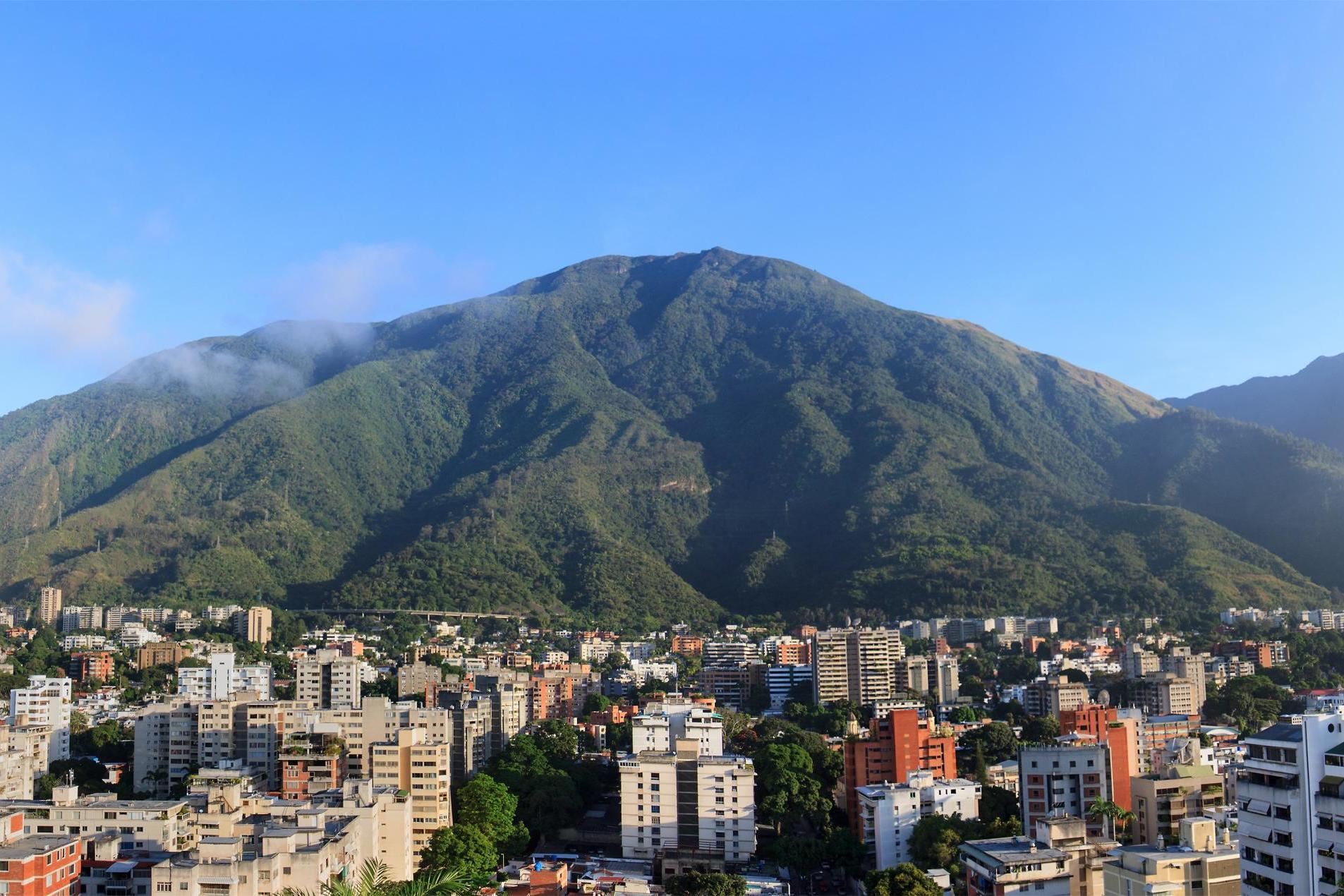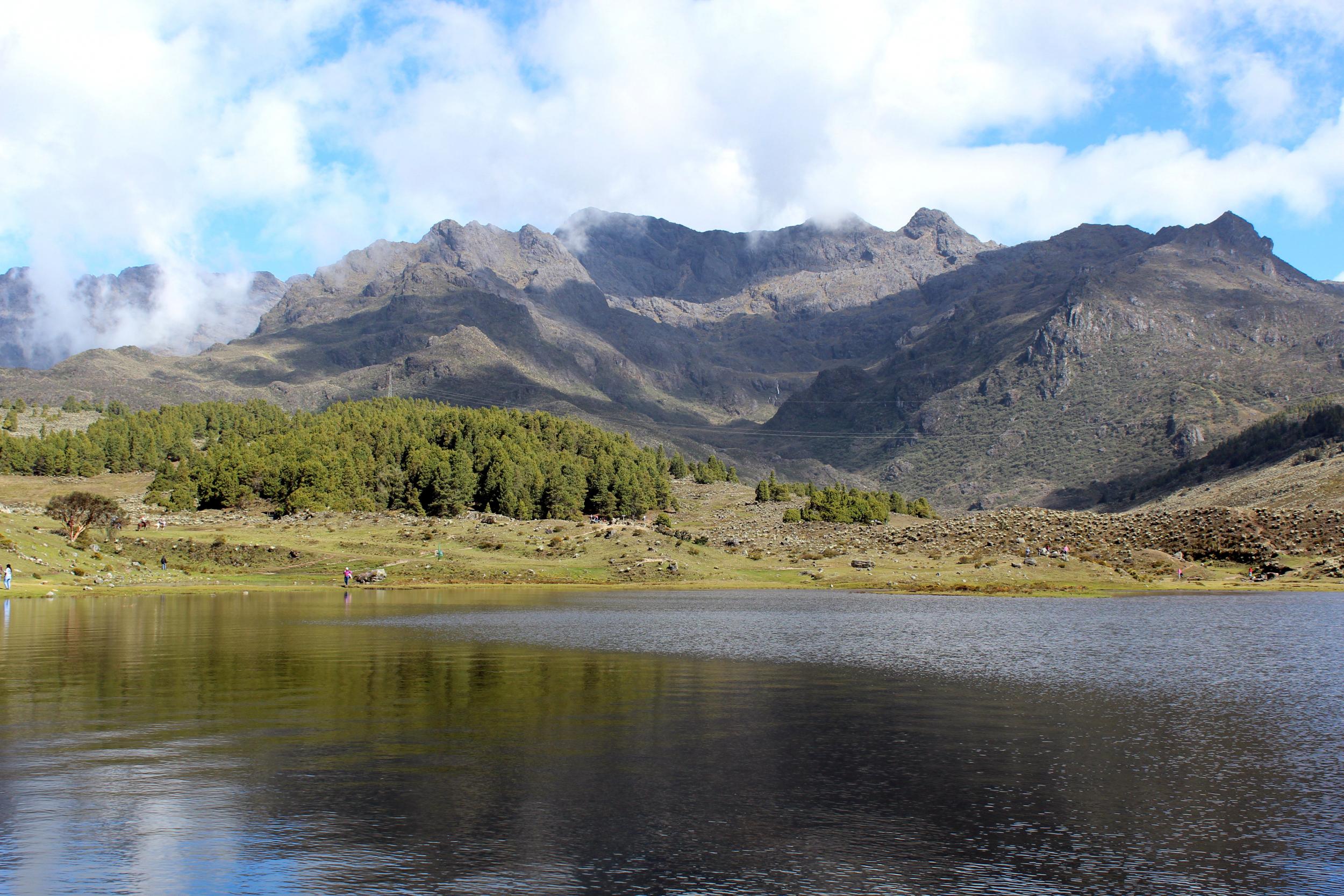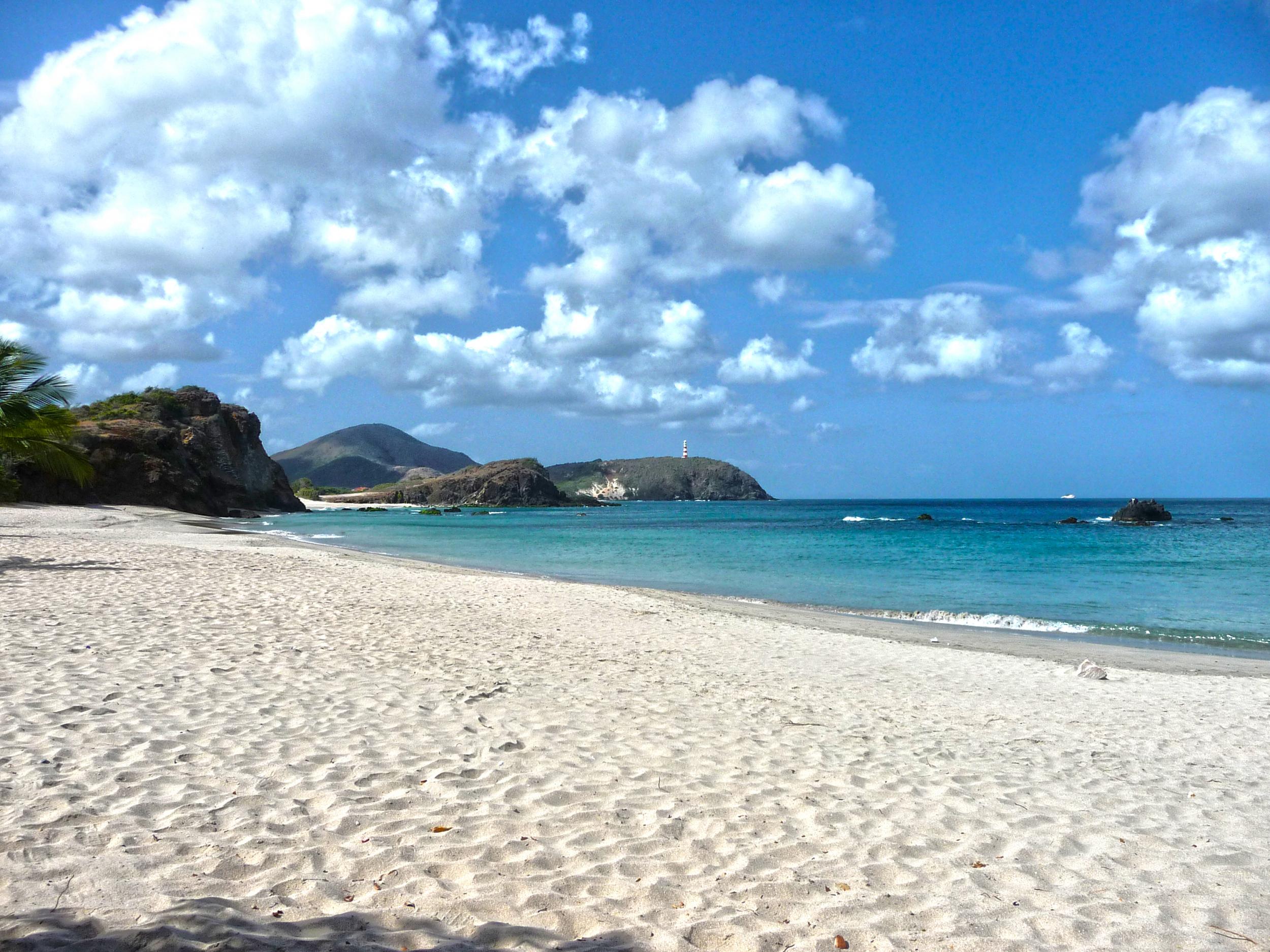Why you should visit Venezuela – when order is restored
The gateway to South America is four times the size of Britain, with an astonishing variety of landscapes

Your support helps us to tell the story
From reproductive rights to climate change to Big Tech, The Independent is on the ground when the story is developing. Whether it's investigating the financials of Elon Musk's pro-Trump PAC or producing our latest documentary, 'The A Word', which shines a light on the American women fighting for reproductive rights, we know how important it is to parse out the facts from the messaging.
At such a critical moment in US history, we need reporters on the ground. Your donation allows us to keep sending journalists to speak to both sides of the story.
The Independent is trusted by Americans across the entire political spectrum. And unlike many other quality news outlets, we choose not to lock Americans out of our reporting and analysis with paywalls. We believe quality journalism should be available to everyone, paid for by those who can afford it.
Your support makes all the difference.“There’s a high threat from violent crime and kidnapping throughout Venezuela, which has one of the highest murder rates in the world,” the Foreign Office has warned.
The government’s travel advice goes on to warn about the dangers of armed robbery, mugging, carjacking and burglary “on the street or the beach, in supermarket queues or when travelling in private vehicles or public transport, or indoors”.
Yet many travellers testify to the welcoming people, superb beaches, rich heritage and Andean beauty of Venezuela – at its best from November to May, the dry season. Once order is restored in the nation, it will once again make an excellent gateway to South America.
The basics?
This Spanish-speaking republic has a population of around 30 million – not counting several millions more who have fled the country as it descends into violence and impoverishment.
The area of 353,841 square miles makes Venezuela four times the size of Britain. It has an astonishing variety of landscapes, with the snow-capped Andes subsiding into the lowlands of Los Llanos – cowboy country, as well as prime wildlife-watching territory.
Where to start?
Caracas is a high-rise city crushed into a valley parallel with the Caribbean coast. A dramatic oil-fuelled building boom in the 20th century created some fascinating modern architecture. The Ciudad Universitaria de Caracas, built by the architect Carlos Raul Villanueva between 1940 and 1960, “is an outstanding example of the modern movement in architecture”, according to Unesco, which placed it on the world heritage list.
The impressive Sofia Imber Contemporary Art Museum of Caracas houses the largest collection of Picasso etchings in South America.
Caracas used to have frequent flights from Heathrow on the now-defunct national airline, Viasa, and British Airways. Many foreign links have been cut because of the deteriorating security situation and the inability by overseas airlines to repatriate nearly $4bn (£3bn) in revenue.
Yet access remains fairly easy. American Airlines continues to fly the three-and-a-half hour trip from Miami to Simon Bolivar International Airport in Maiquetia, serving Caracas, twice a day.
Air France has six flights a week from Paris CDG, and KLM and TAP Portugal also fly in from their hubs in Amsterdam and Lisbon.
All flights are timed to operate during the hours of daylight because of the extent of crime in and around the airport area. Criminal gangs “work inside the airport to spot passengers who appear to be wealthy and then inform car hijackers and muggers waiting on the roads outside the airport”, says the Foreign Office.
“Avoid travelling on the road between Caracas and Maiquetia airport during the hours of darkness.”
Colonial treasures?
Caracas has a small and run-down colonial hub around Plaza Bolivar – the name of the main square in almost every Venezuelan town and city. Better to head to El Hatillo, a colourful colonial town about 20 miles southeast of Caracas.
About 30 miles west of Caracas, Colonia Tovar presents a South American take on a walk in the Black Forest. This 19th century town was founded by immigrants from southwest Germany. Some people still speak a German dialect, and the town stages an Oktoberfest.
About 300 miles west along the coast from the capital region is Coro, another Unesco world heritage site due to its colonial architecture.
Escapes to altitude?

From Caracas city centre you can ascend in about four hours to the mile-high summit of the capital’s own mountain, El Avila, and look down to the Caribbean on one side and the city on the other.
Aim higher from the city of Merida, southwest from Caracas towards the Colombian border. The second longest cable car in the world (after one in China) takes you on an eight-mile trip that ends three miles above sea level. There are hiking trails to the tiny Andean town of Los Nevados.
Merida is Venezuela’s adventure capital, offering kayaking, rafting and mountain-biking. In the nearby Parque Nacional Sierra Nevada, you’ll find the highest peaks of Venezuela, culminating in Pico Bolivar – at over 16,000 feet, well above the height of Mont Blanc.
At the other end of the country, the Gran Sabana is the tropical plateau close to where Venezuela meets Brazil and Guyana. The highest of the table mountains is Roraima, the inspiration for Sir Arthur Conan Doyle’s The Lost World (in which dinosaurs are discovered on the remote plateau).
The big attraction here is Angel Falls – at 3,211 feet, the world’s highest waterfall. It is easiest to access by boat, and more spectacular when you reach it, in the wet season from May/June to October.
On the beach?

Venezuela has hundreds of miles of Caribbean coast, with beaches that begin at the end of the runway at the nation’s main airport. About 80 miles west, Puerto Colombia is a fishing village and travellers’ haunt with beautiful coves nearby.
The main holiday island is Margarita, off the eastern end of the coast. Until recently it was a popular port of call for cruise ships; the next expected arrival is in January 2020 by the German ship, Amadea.
For the rest of 2019, then, cruise passengers will be missing out on the multitude of beaches and natural beauty as well as the full-on tourist industry.
What to eat?
The current shortages means that Venezuela’s once formidable cuisine is difficult to find. Once the country is open for business once more, you can look forward to treats such as arepa, the national snack. Sold in areperias, they are made of corn bread stuffed with anything from shredded beef (carne mechada) to chicken and guacamole (reina pepiada).
Pabellon is a traditional dish of shredded beef, rice, black beans and plantain.
The cacao seeds from which chocolate is made originated in the Amazon and Orinoco basins; cacao was originally used by the indigenous people as an aphrodisiac, a cosmetic and even a currency.
Join our commenting forum
Join thought-provoking conversations, follow other Independent readers and see their replies
Comments